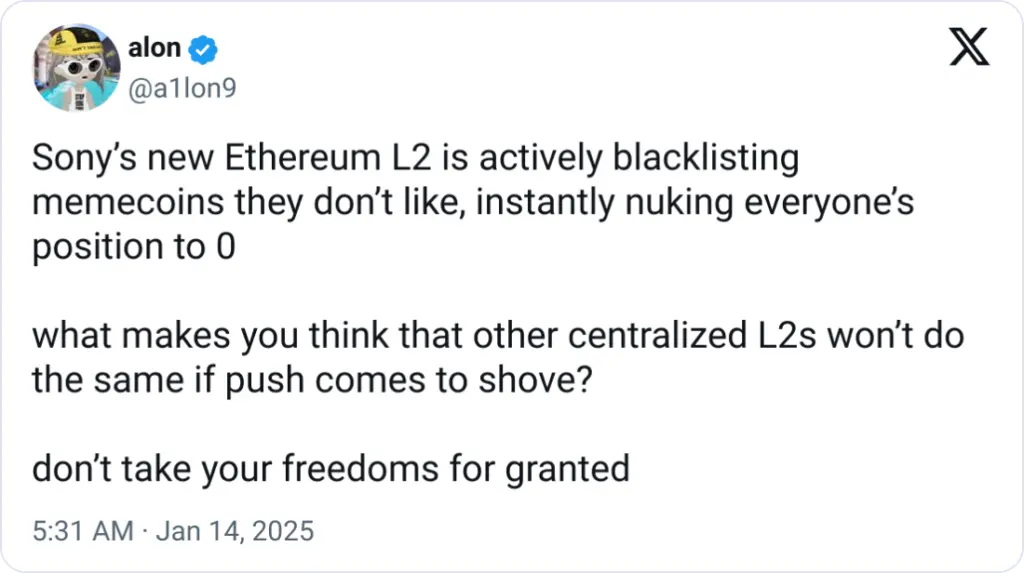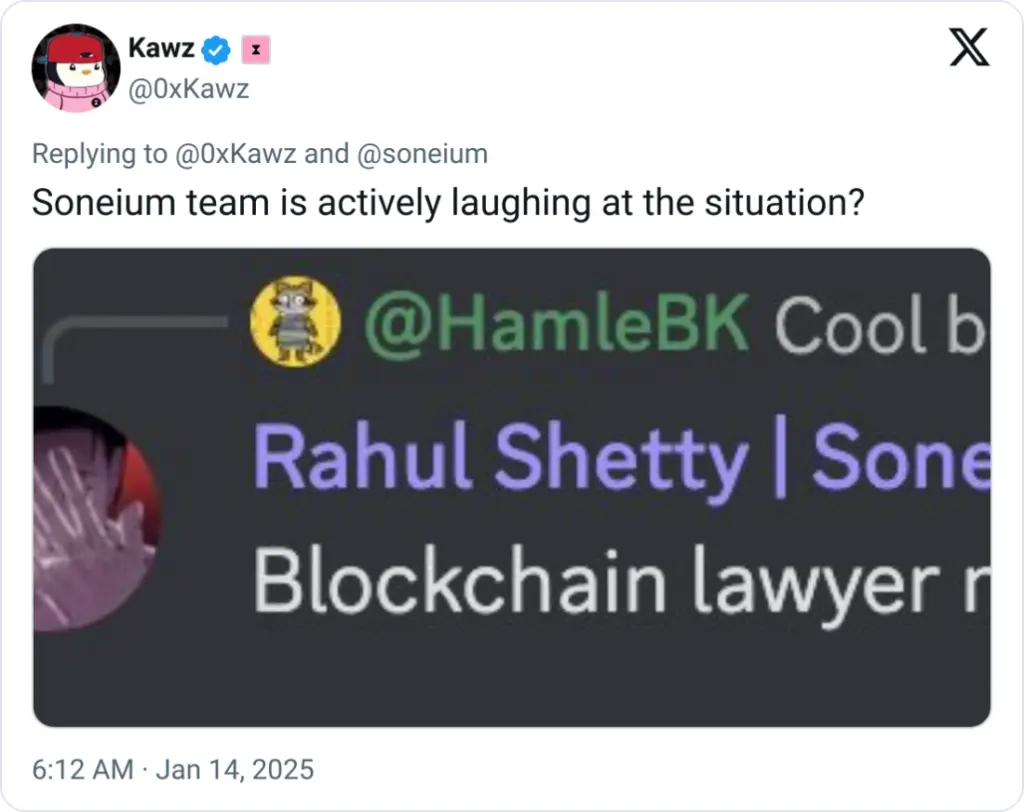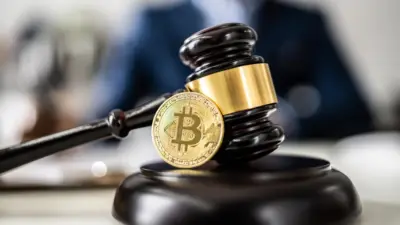To streamline Web3 through NFT-driven fan interaction, Sony’s Soneium mainnet opened, although it had a rough start.
To simplify blockchain interactions and offer an intuitive Web3 experience, Sony has launched the mainnet for Soneium, a layer-2 (L2) blockchain technology created by Sony Block Solutions Labs.
The platform, which supports creators, developers, and fans, is based on the Optimism Foundation’s OP Stack and includes Soneium Spark and Sony’s non-fungible token (NFT)-based Fan Marketing Platform.
Along with its collaborations with Sony Pictures, Sony Music, and Sony Music Publishing, Soneium uses NFTs to give fans access to unique material and encourage more in-depth interaction.
Reactions to the mainnet launch were not entirely uniform. While some users expressed concern over the platform’s “blacklisting” of some contract addresses, others commended its potential.
Pump. Fun’s anonymous creator blasted the L2 for “nuking everyone’s position to 0.”

The launch of the mainnet is controversial.
Through collaborations with Sony’s entertainment departments, Soneium debuted with several helpful use cases, including NFTs that gave Amazon Prime Video subscribers access to exclusive content.
But things weren’t always easy for Sony. According to one X user, by freezing contracts, Soneium allegedly “rugged users” of up to $100,000 in Ether ETH$3,183.56.
The allegations stemmed from Soneium’s official paperwork outlining its policy of blocking addresses suspected of intellectual property (IP) violations.

Sony addresses criticism
Soneium director Sota Watanabe said the limitations were based on IP infractions and only applied to “two specific contracts.”
The Soneium director added that the team was already communicating with the project whose contracts were restricted and that users and developers could appeal the decisions.
“They are constantly revising their content to adhere to our guidelines. The contract will be taken off the blocklist if they comply with the policy’s conditions,” he stated.
He clarified that the blacklist limited public RPC contacts with the flagged contracts, stressing that no money was frozen. Watanabe states, “This guarantees that the action taken is focused and minimally disruptive while still protecting creators’ rights.”
Welcome to “billions of people.”
Soneium wants to make blockchain accessible to non-technical people. To onboard billions of users into Web3, Watanabe emphasized the significance of concentrating on user experience.
The main goals of Soneium’s design are to enhance user experience, connect Web2 and Web3 users, and incorporate blockchain technology into everyday life without requiring complicated technical knowledge.
Initiatives that provide creators with mechanisms to safeguard their intellectual property rights and enable profit-sharing with their fans are part of the L2 blockchain.
“We see Soneium as Web3’s next chapter,” Watanabe stated. “By bridging cultural divides and uniting individuals with disparate values, we hope to realize the vision of an open internet that transcends borders.”



